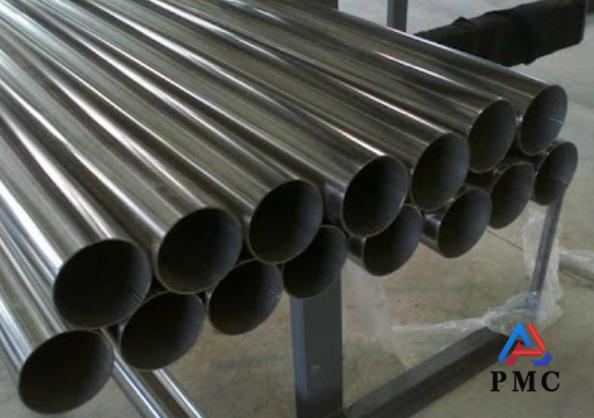
316L Stainless Steel Pipe Welding Process Requirements
What should we pay attention to when welding 316L stainless steel pipes? The welding process is directly related to the quality of the welded pipe, and the quality of the welding of 316L pipes is related to the welding method, welding materials, welding parameters, etc. Today we will talk about the welding process requirements of 316L stainless steel pipes.
Welding method
According to the characteristics of stainless steel, the heat input should be reduced as much as possible, so manual arc welding and argon arc welding are used. When the diameter is greater than 159mm, argon arc welding is used for base welding and manual arc welding for cover welding; When the diameter is less than 159mm, argon arc welding is used. The welding machine adopts WS7-400 inverter arc welding machine which can be used for manual arc welding and argon arc welding.
Welding materials
316L stainless steel pipe is a special performance steel. In order to ensure that the joints have the same performance, the welding materials should be selected according to the "equal composition" principle. At the same time, in order to enhance the joint's resistance to thermal cracking and intergranular corrosion and to make a small amount of body appear in the joint, HooCr19Ni12Mo2 argon arc welding wire is selected. Manual arc welding electrode CHS022 is used as the filling material.

Welding parameters
The outstanding feature of austenitic stainless steel welded pipes is that they are sensitive to overheating, so small current and fast welding are adopted. When welding multiple layers, the interlayer temperature must be strictly controlled to be less than 60℃.
Groove form and assembly positioning welding
The groove form adopts V-shaped groove. Since a smaller welding current is used, the penetration depth is small. Therefore, the blunt edge of the groove is smaller than that of carbon steel, about 0-0.5mm, and the groove angle is larger than that of carbon steel, about 65-70 degrees. Because the thermal expansion coefficient of 316L pipe is relatively large, large welding stress is generated during welding, and strict positioning welding is required. For pipes with a diameter less than 89 mm, two-point positioning is used. For diameters between 89 and 219 mm, three-point positioning is used. For diameters greater than 219 mm, four-point positioning is used, and the length of the positioning weld is 6-8 mm.
Welding technical requirements
1. When manual arc welding is used, DC reverse connection should be used; if argon arc welding is used, DC forward connection should be used.
2. Before using the welding wire, the welding rod must be dried as required to prevent the formation of pores.
3. Clean the groove and the 20mm surface on both sides of the weldment to be welded. There should be no oil, paint, oxide scale and other impurities. If necessary, clean it with alcohol or acetone, or even polish it. Otherwise, the weld metal will produce pores and carbon increase.
4. When doing the base welding of 316L stainless steel pipe, the thickness of the weld should be kept uniform and well fused with the root. A gentle slope should be formed when closing the arc, and the arc pit should be filled when extinguishing the arc to prevent cracks in the arc pit.
5. Welding should be carried out in sections and cooled after welding. Water cooling can be used. This can increase the cooling speed of the joint and reduce welding stress, which can kill two birds with one stone.
Conclusion
The above are the welding process requirements for 316L stainless steel pipes. From the above introduction, we can know that 316L steel pipe welding can be done by manual arc welding and argon arc welding; HooCr19Ni12Mo2 was selected as welding wire for argon arc welding, and CHS022 electrode was used as filling material for manual arc welding; The interlayer temperature during multi-layer welding is less than 60°C; The groove is a V-shaped groove with a blunt edge of about 0-0.5 mm and a groove angle of 65°-70°; In addition, there are some 316L stainless steel pipe welding technology requirements that need attention.
Read more: What are the Mechanical Properties of 316L Stainless Steel Pipe?


